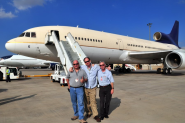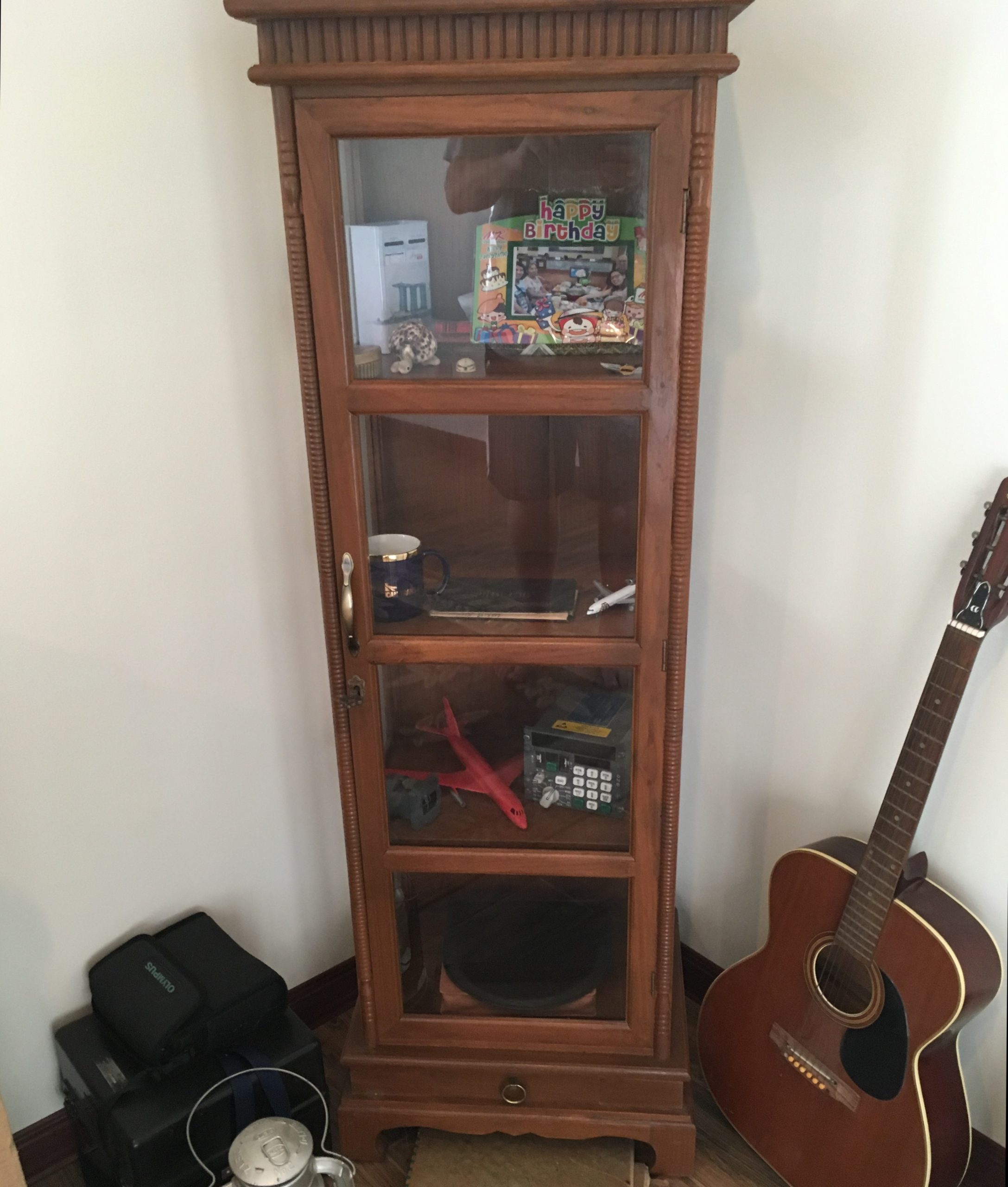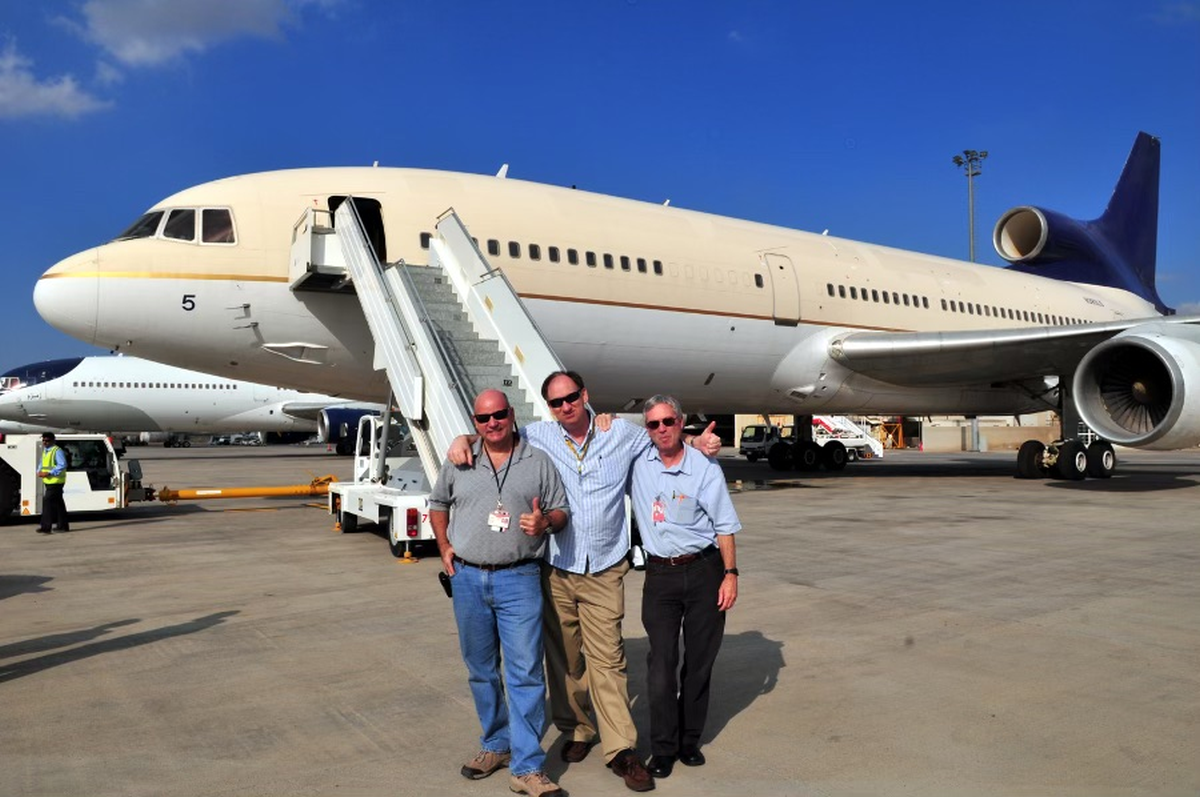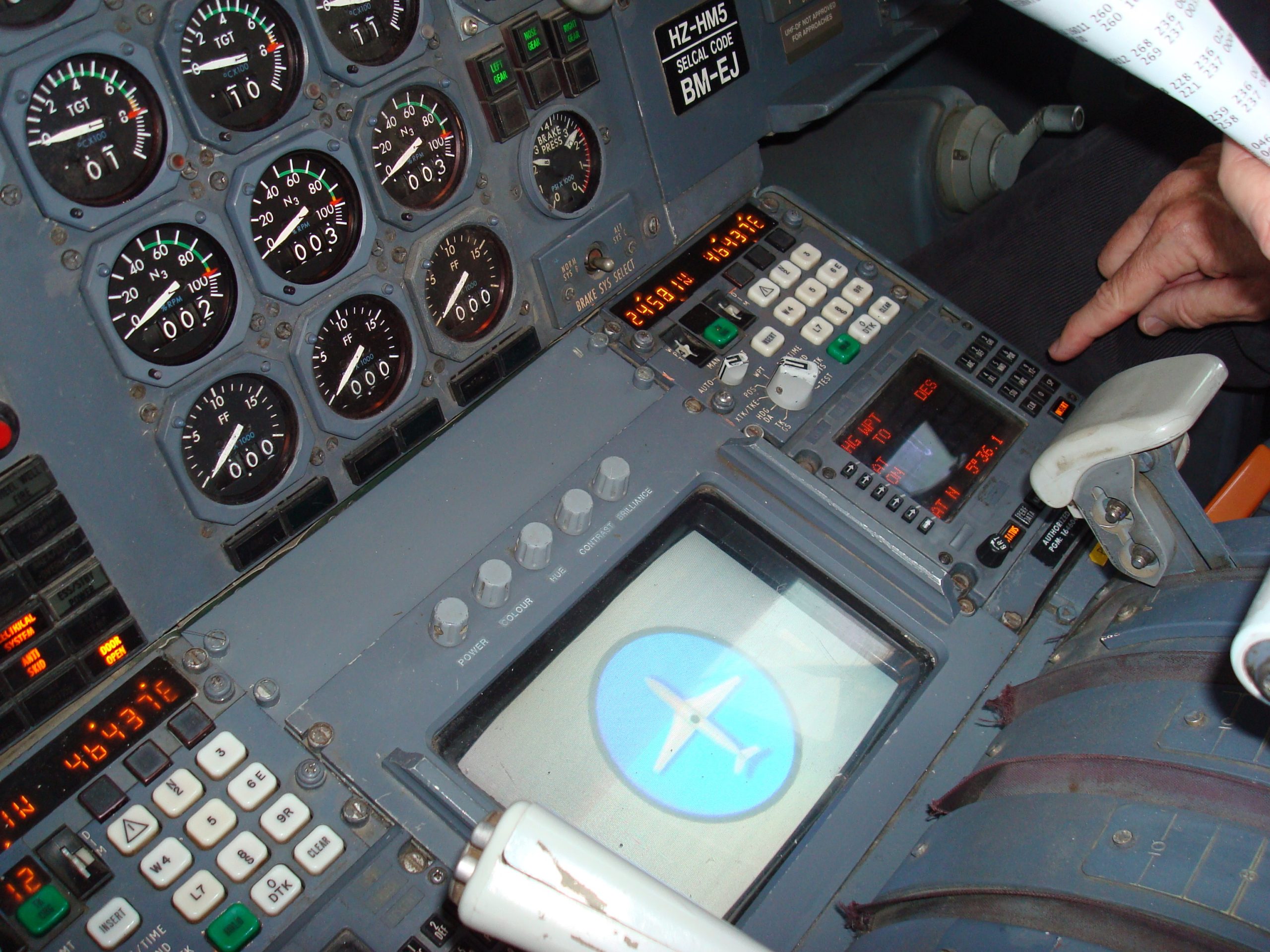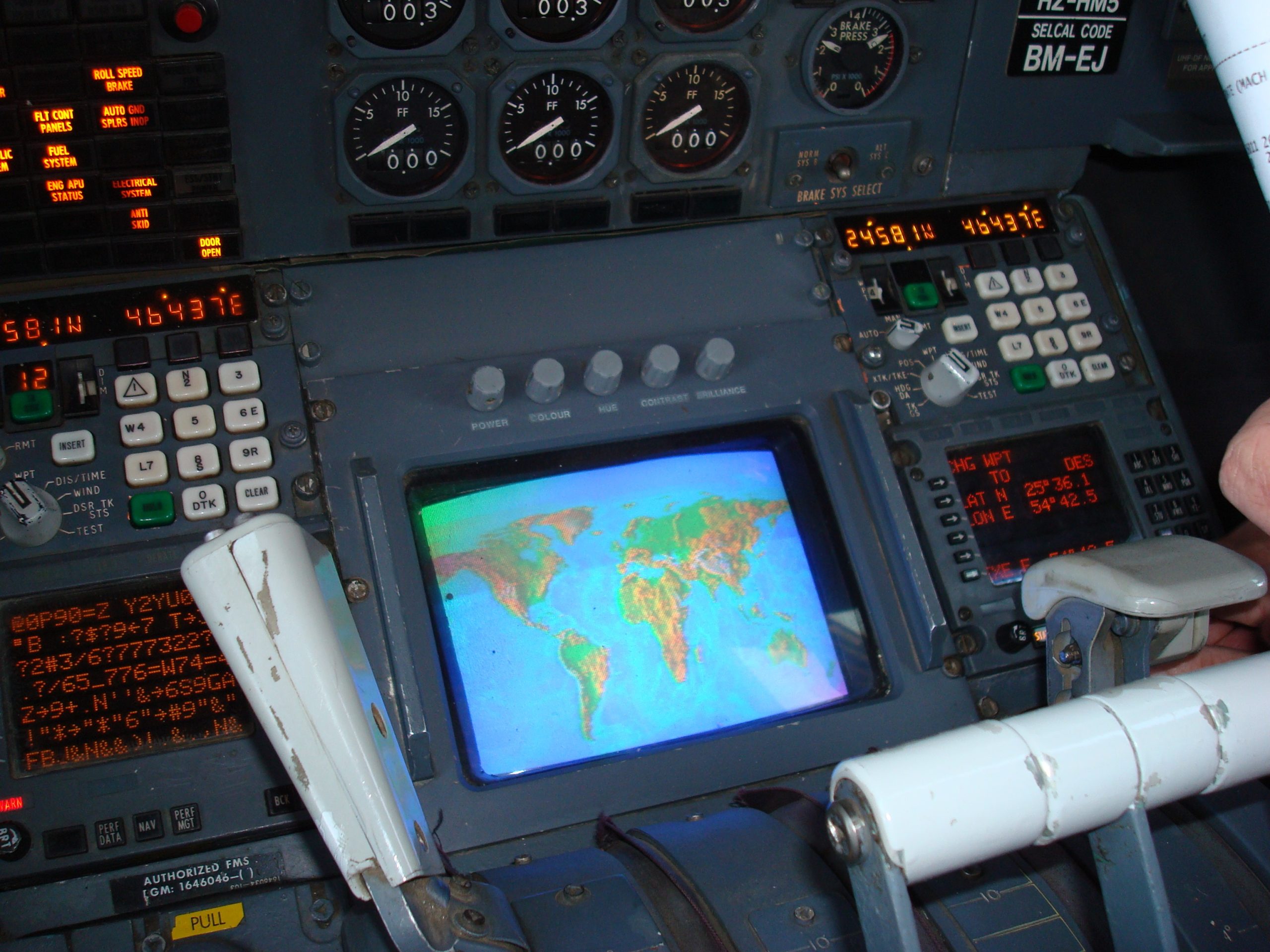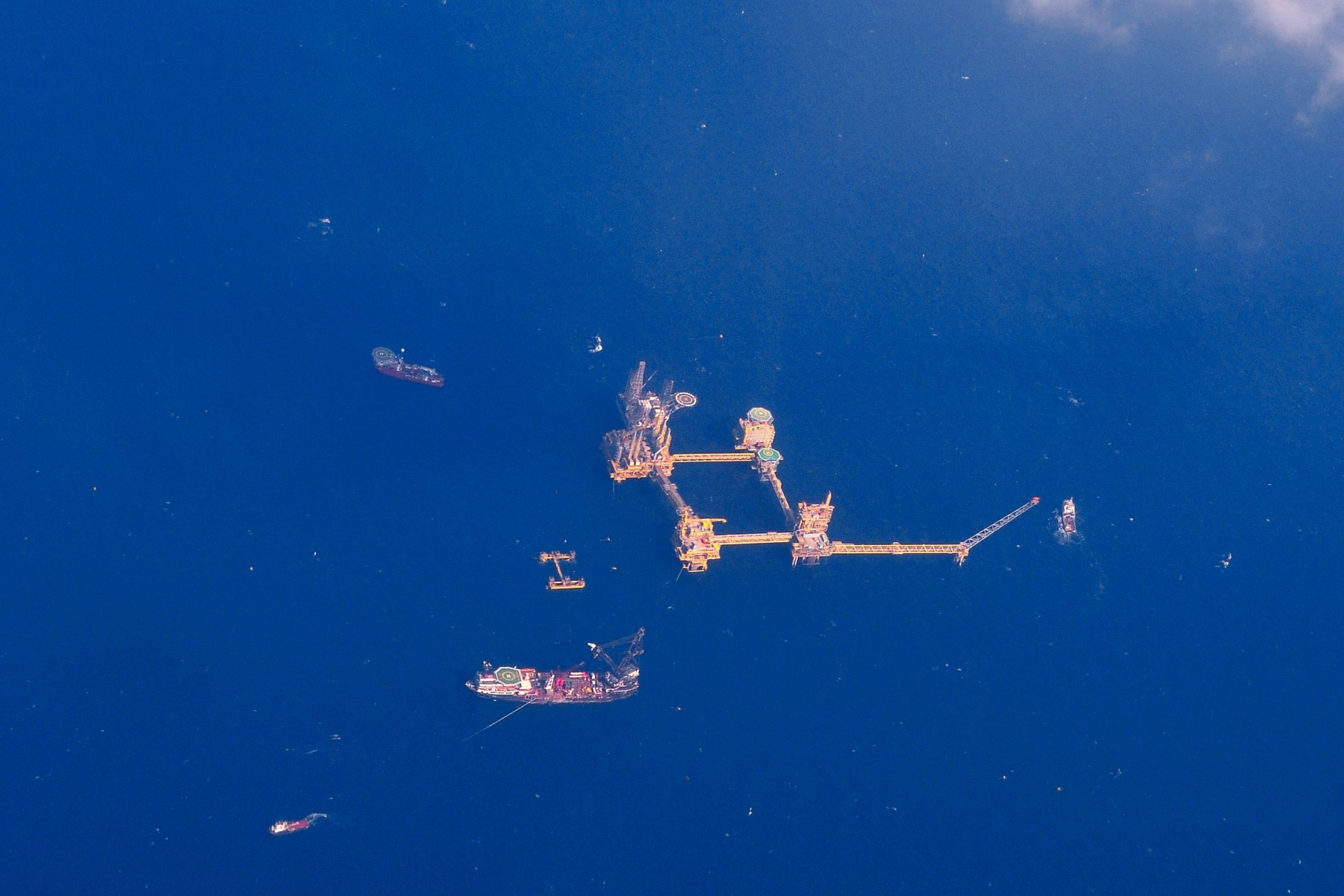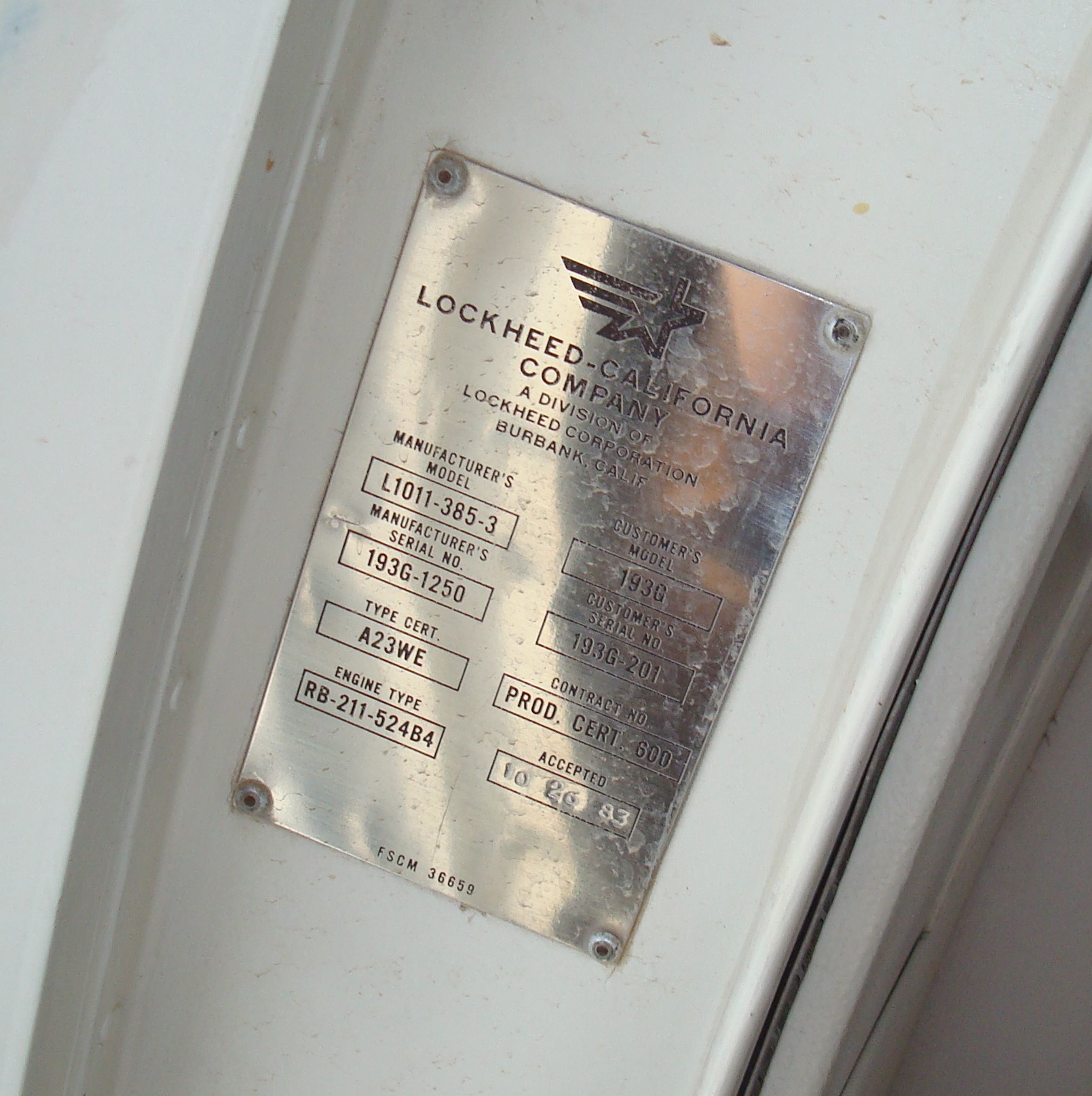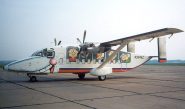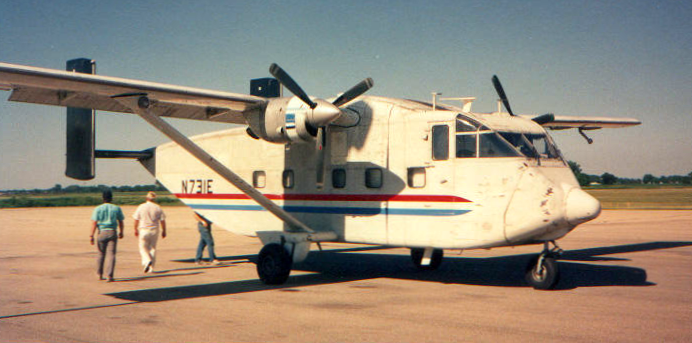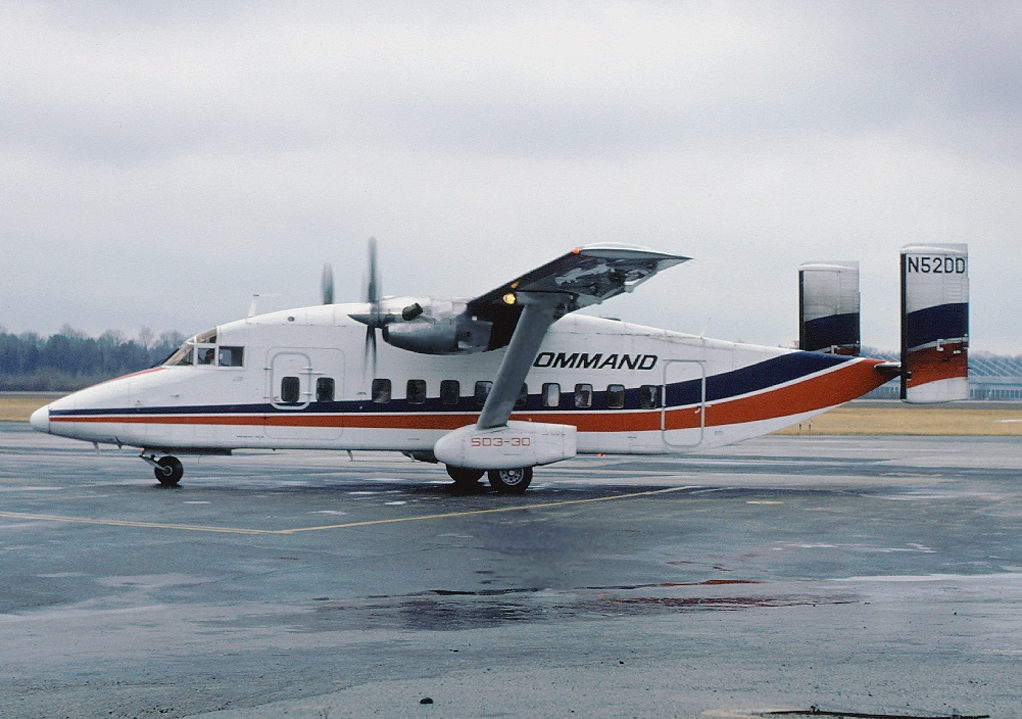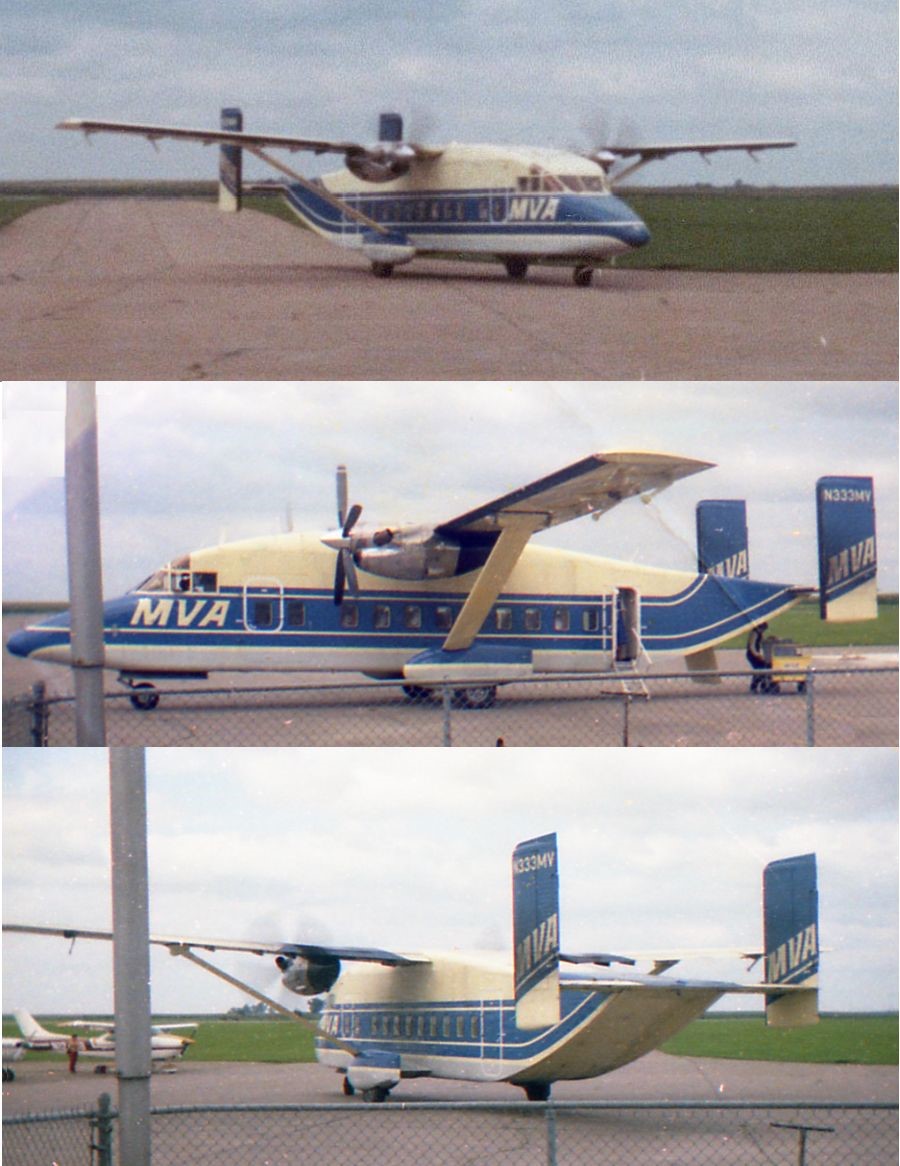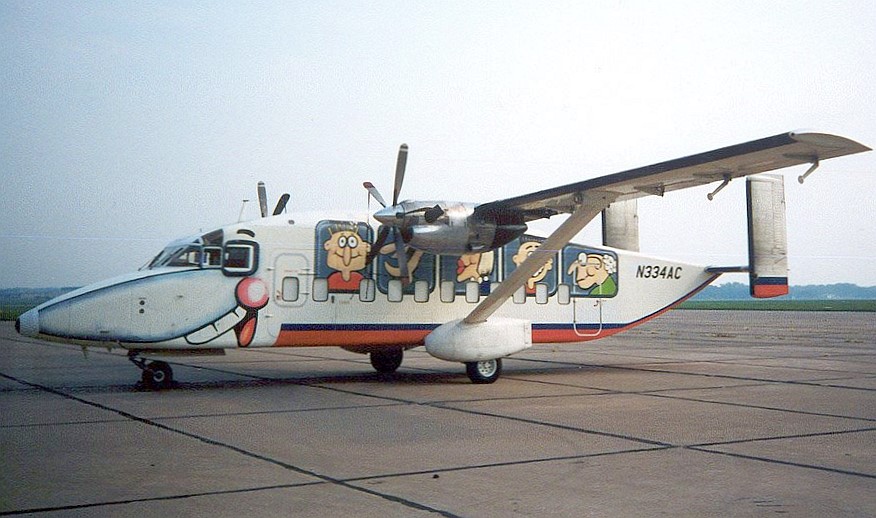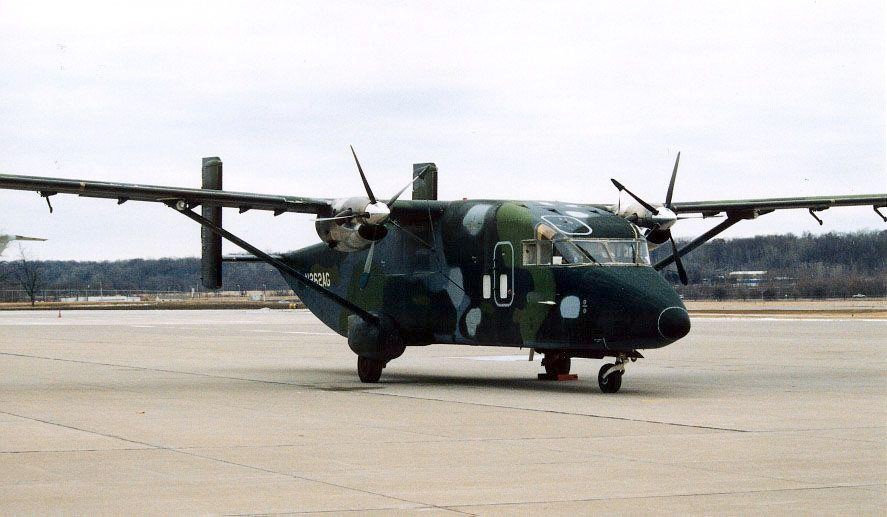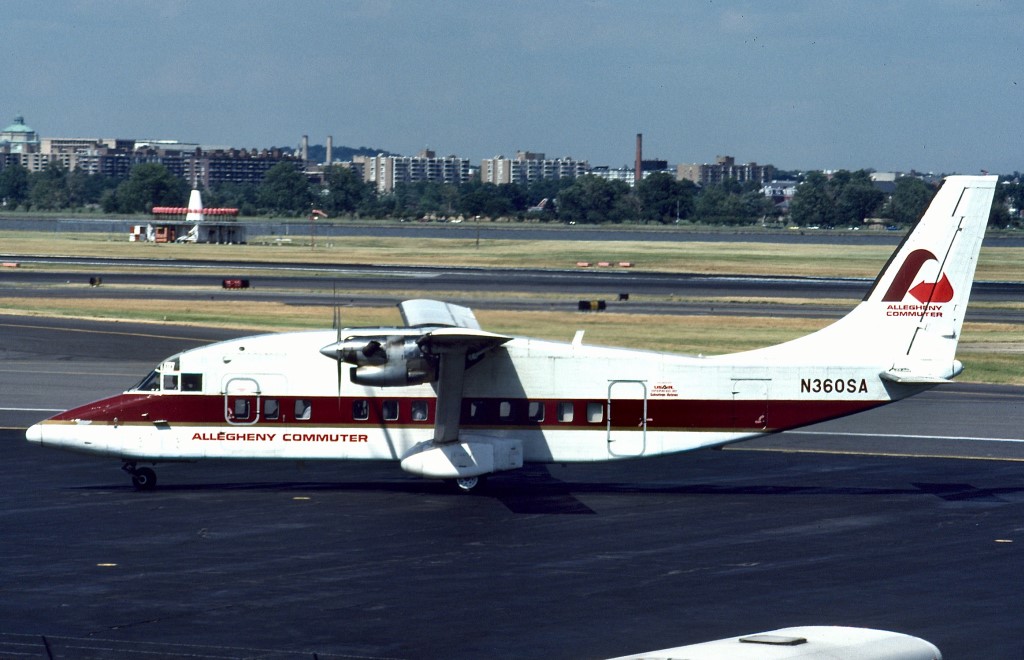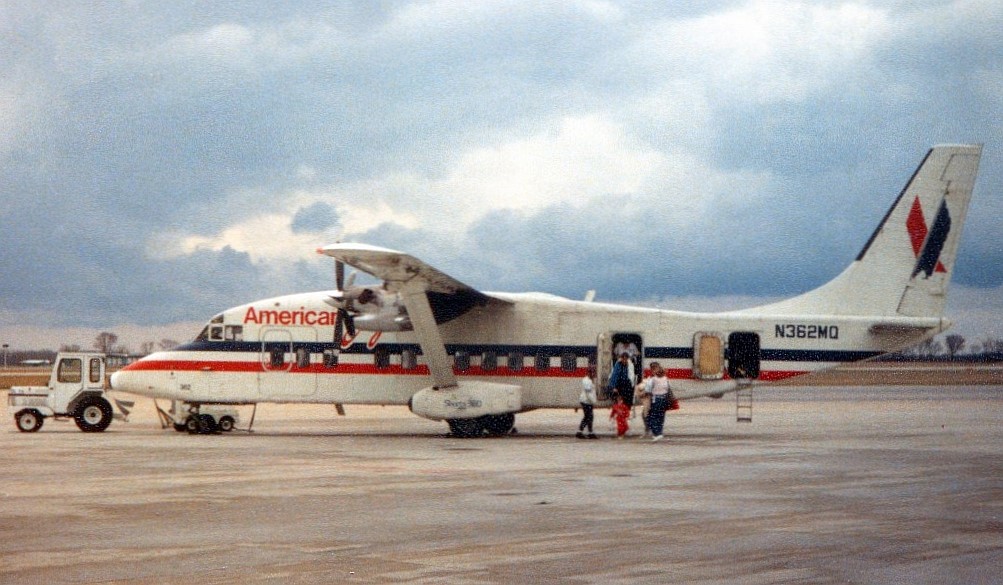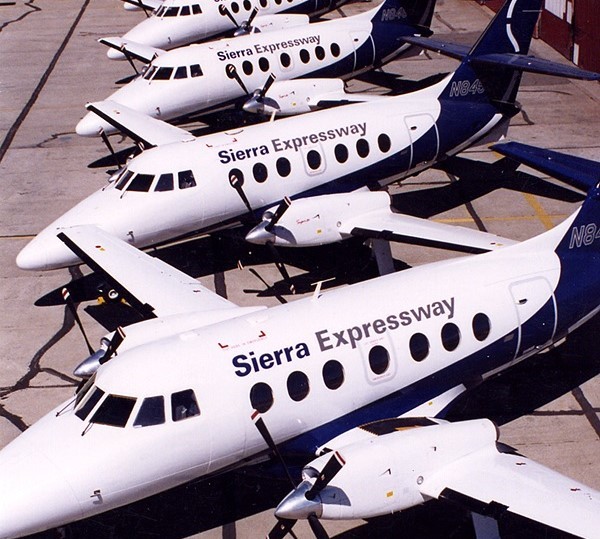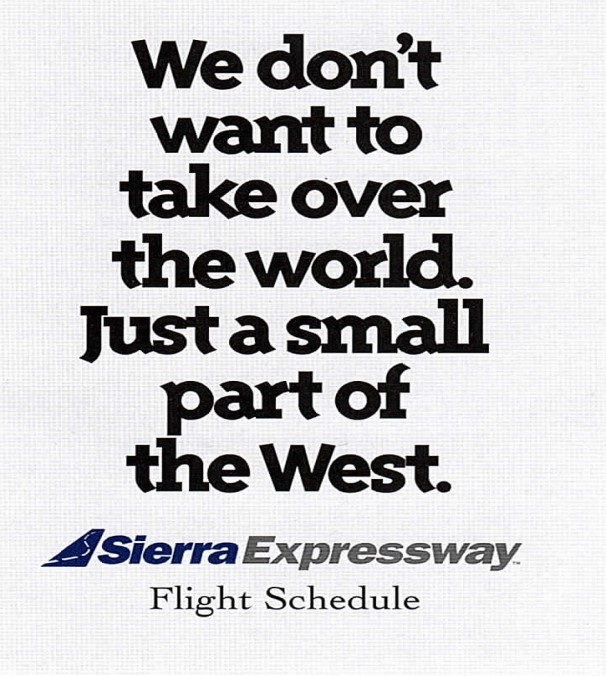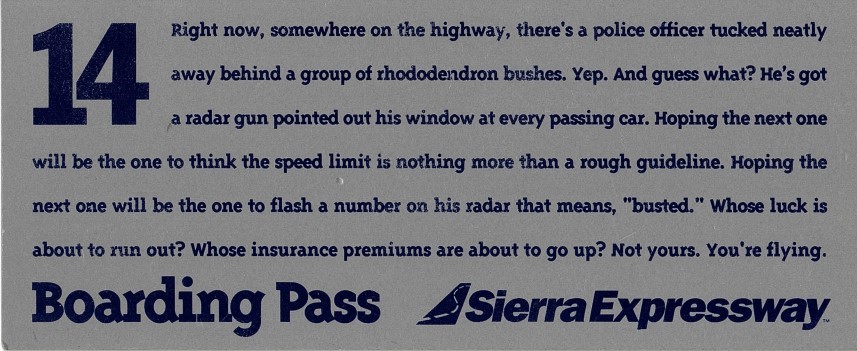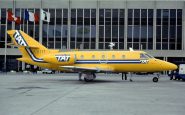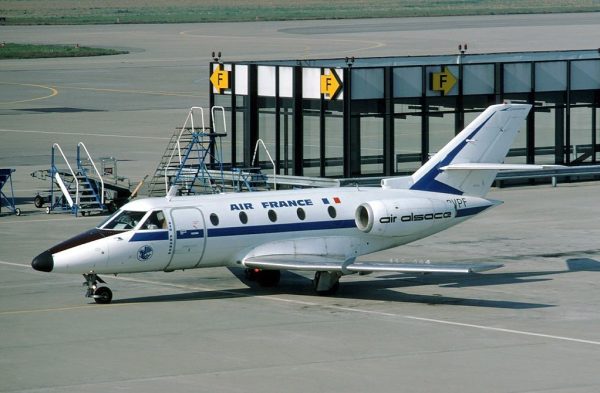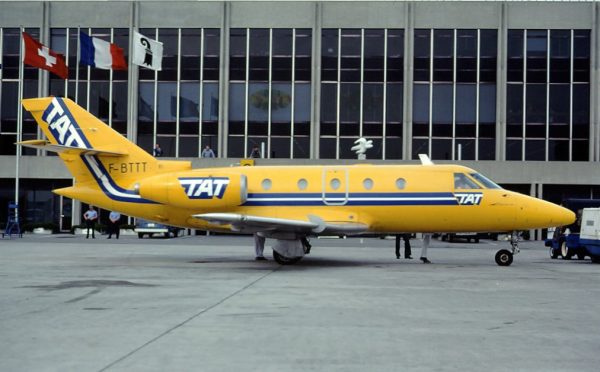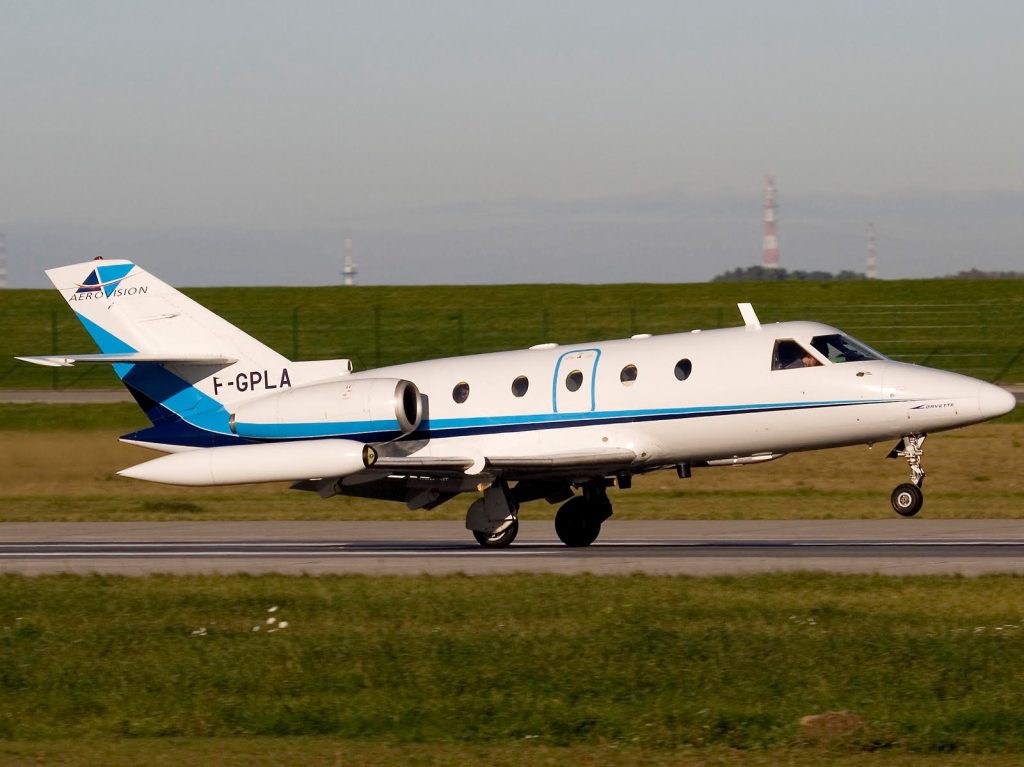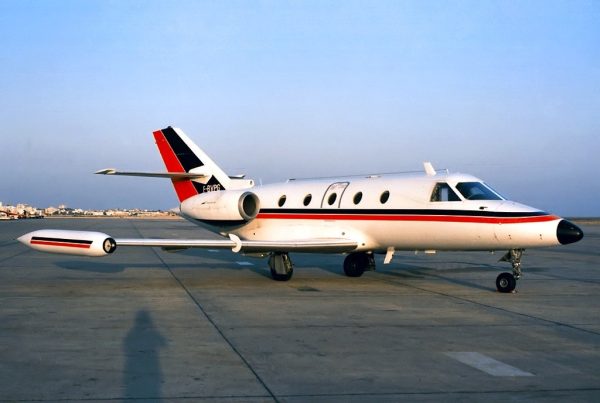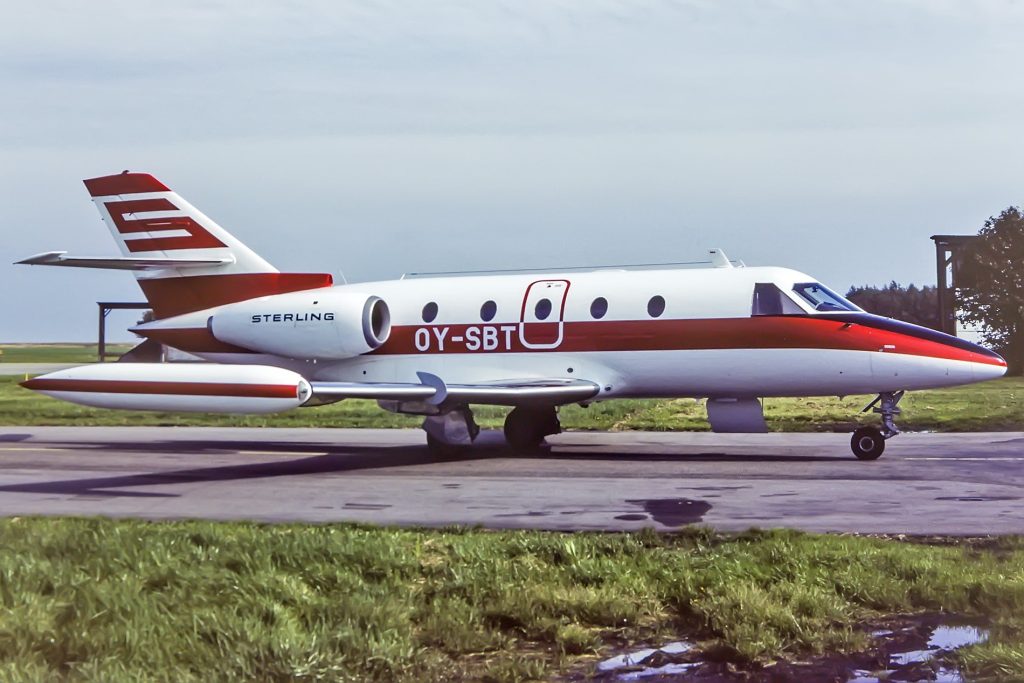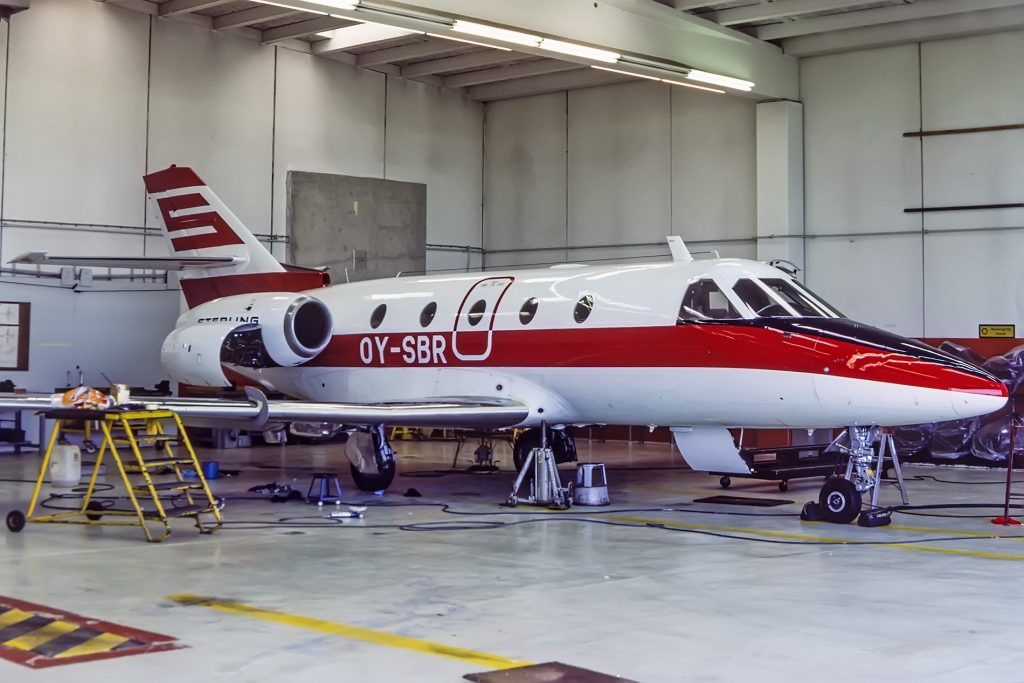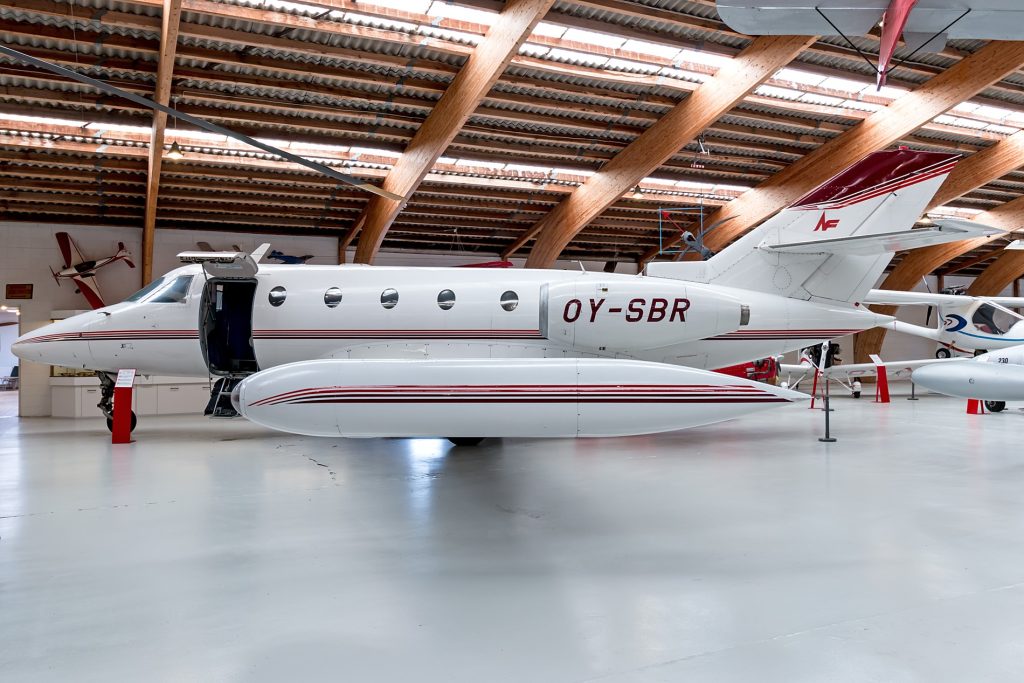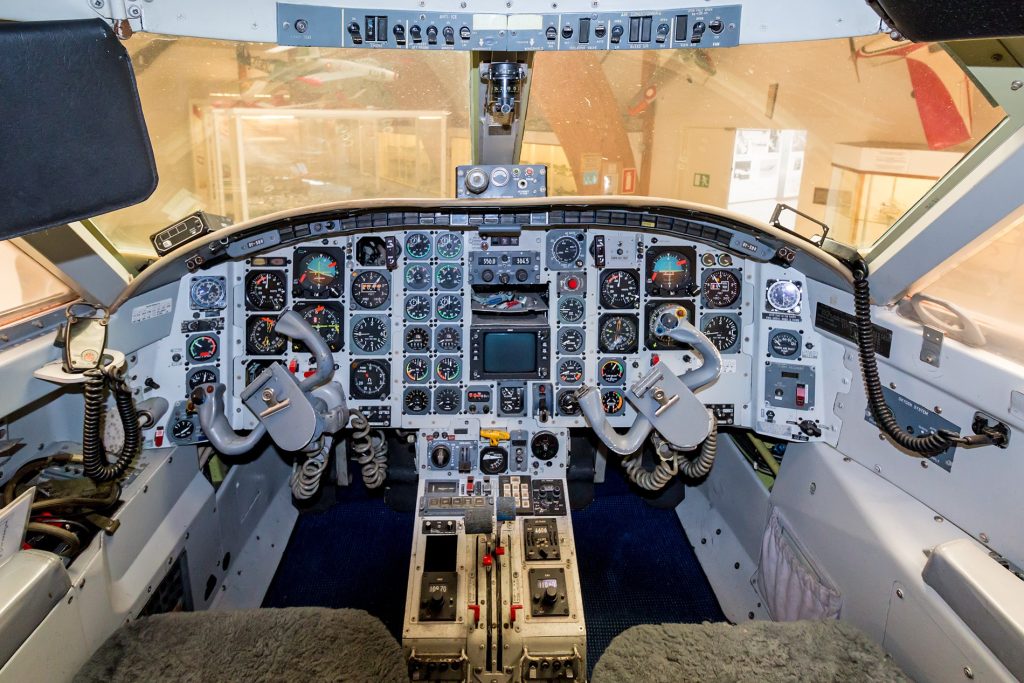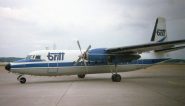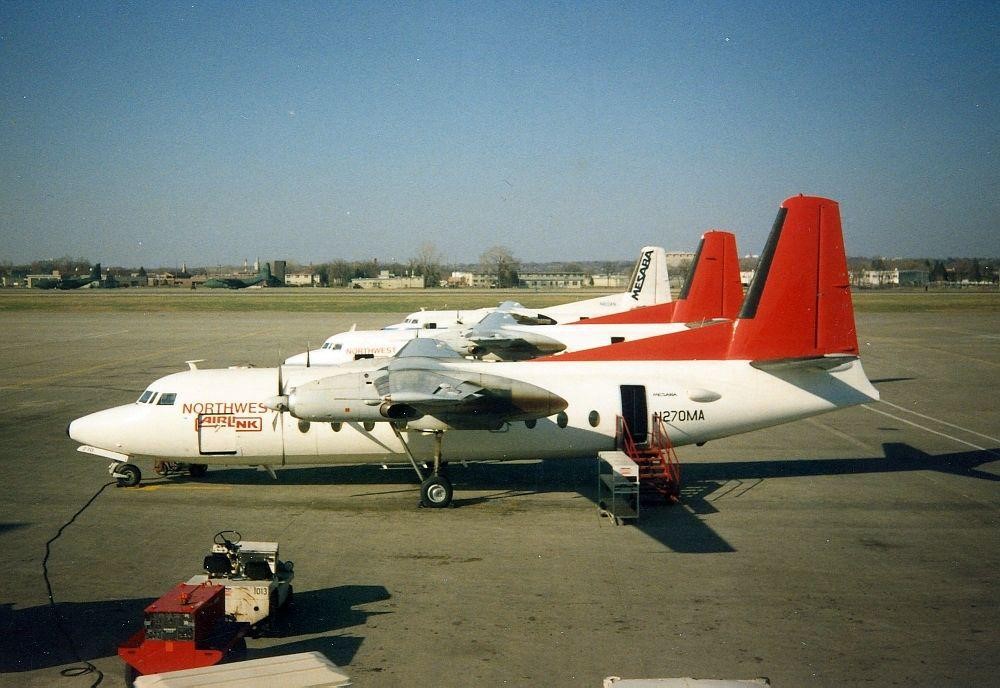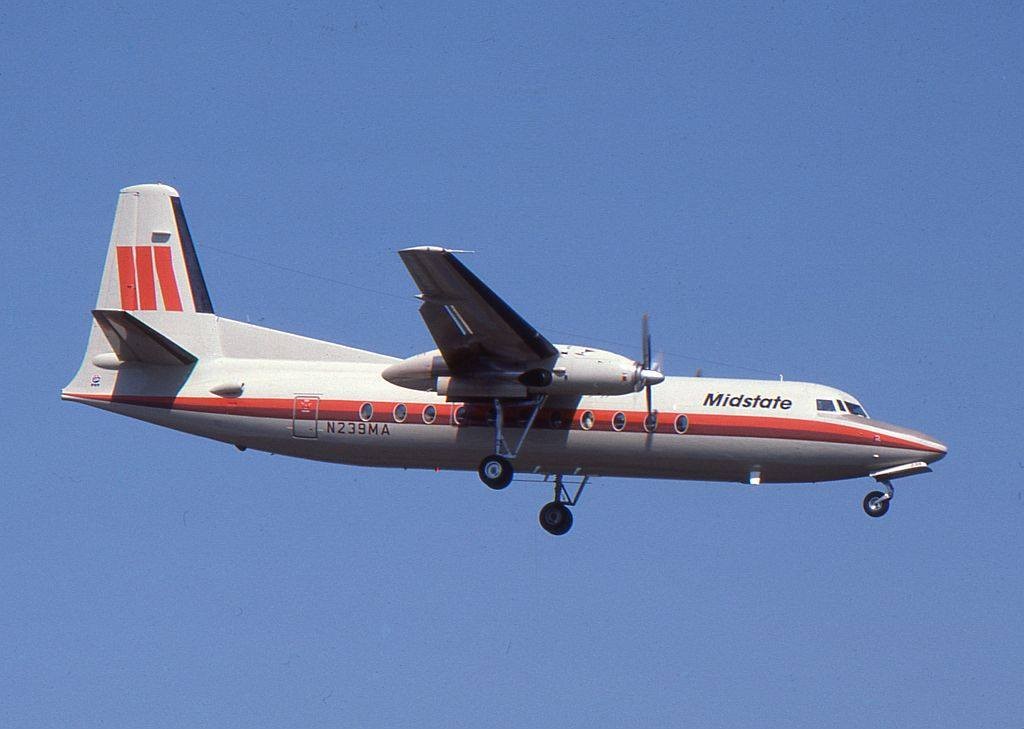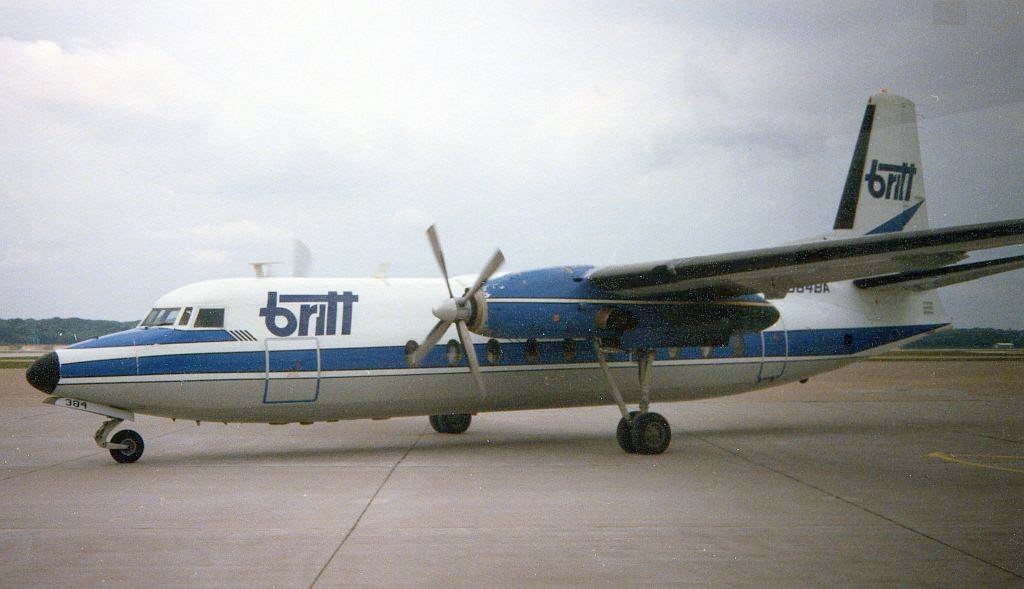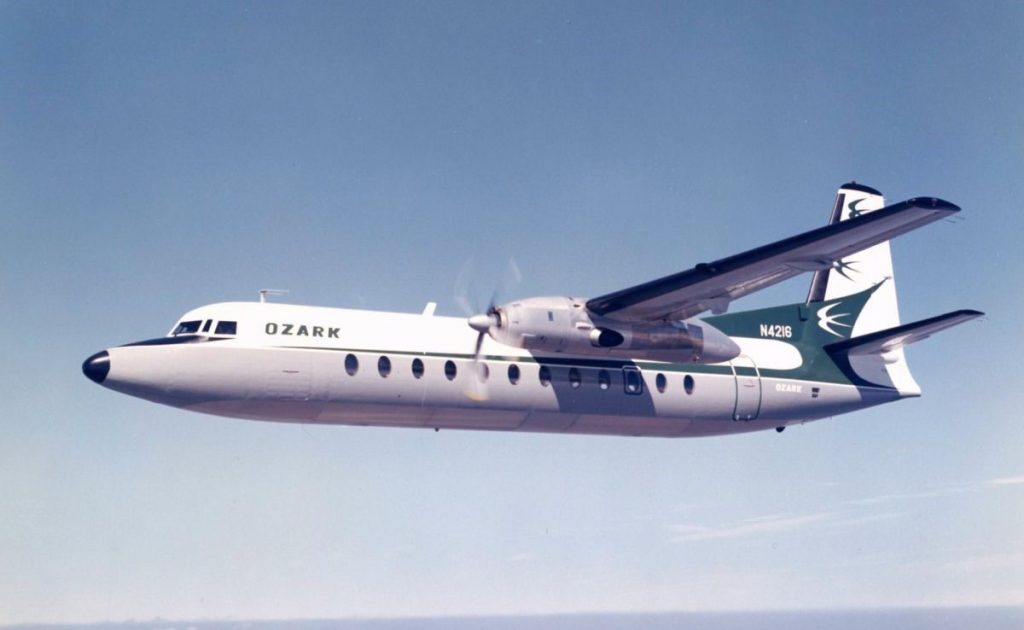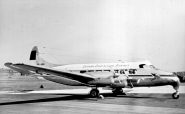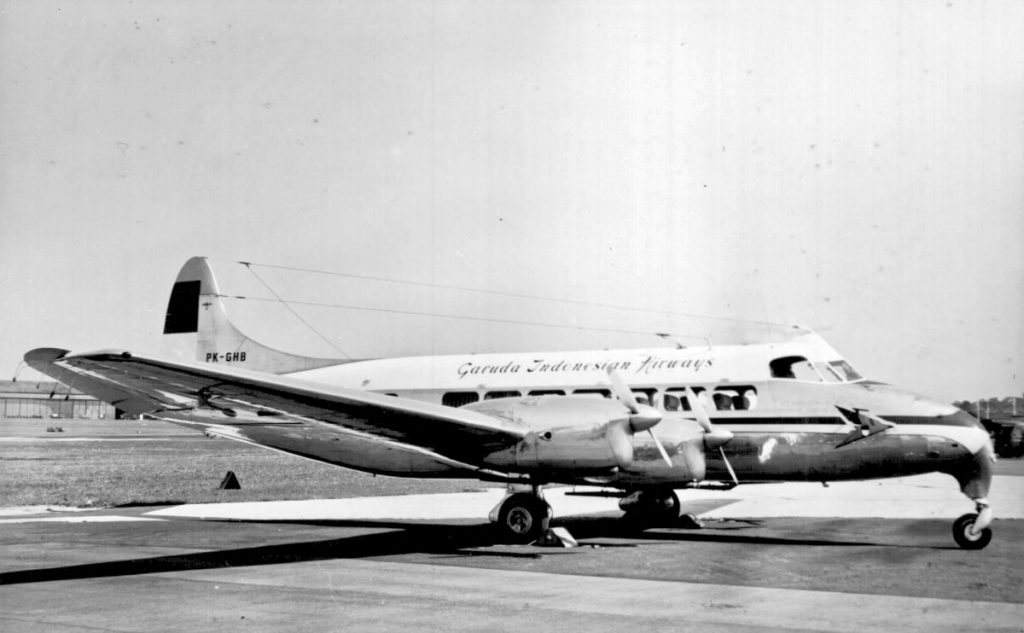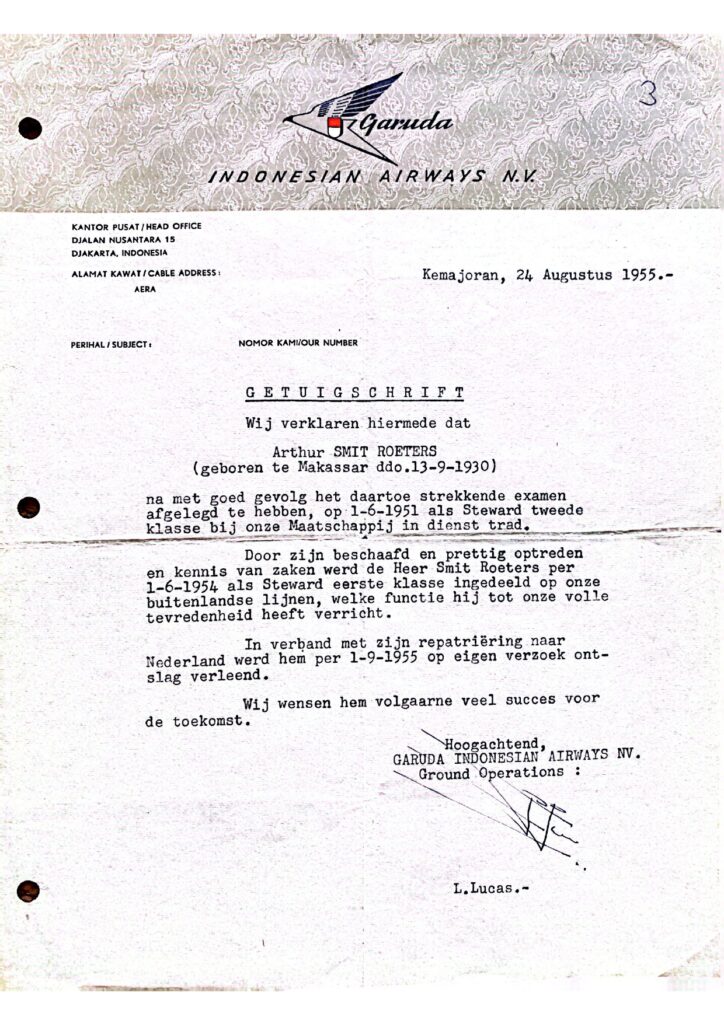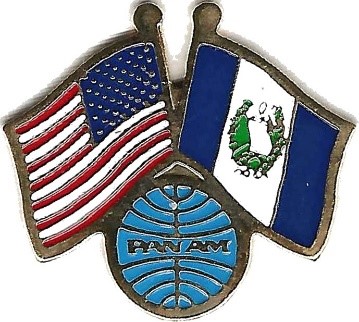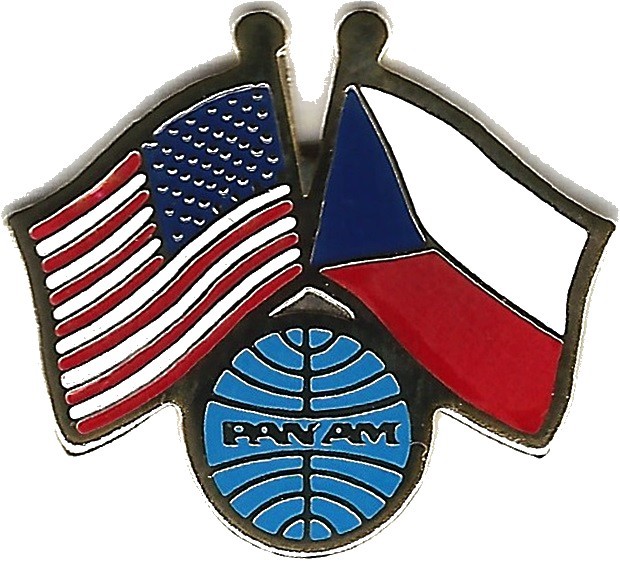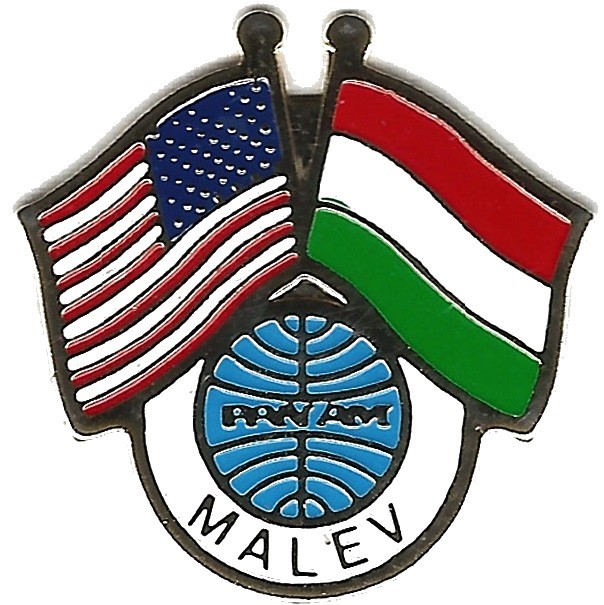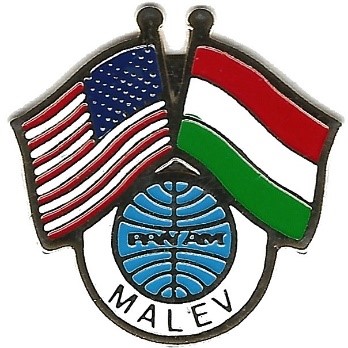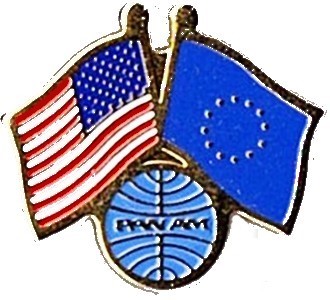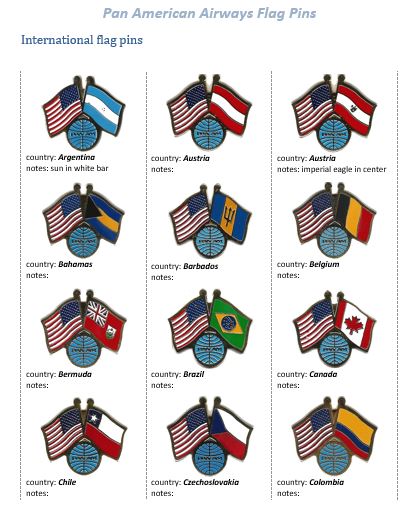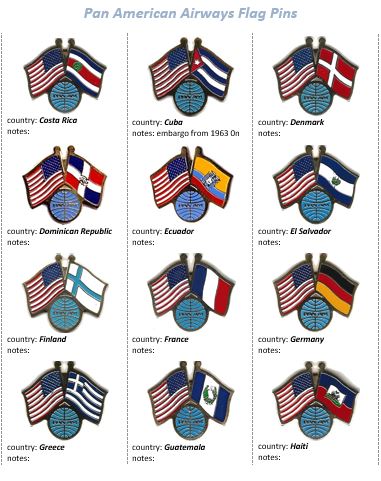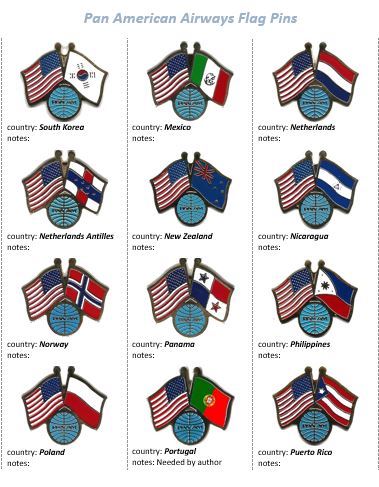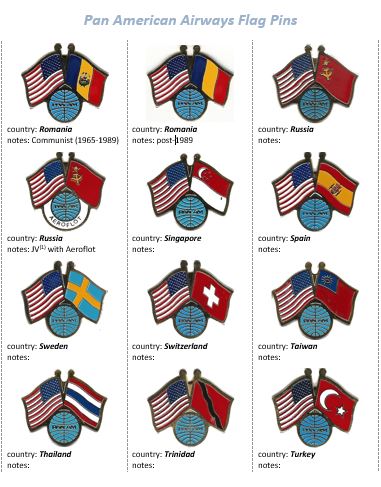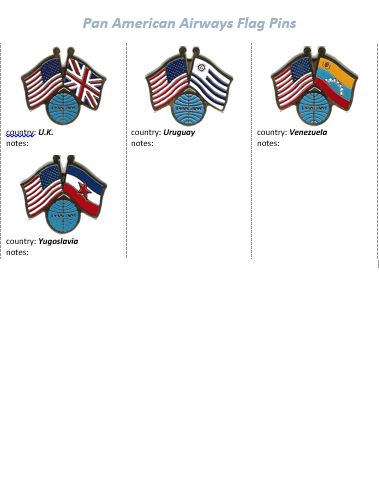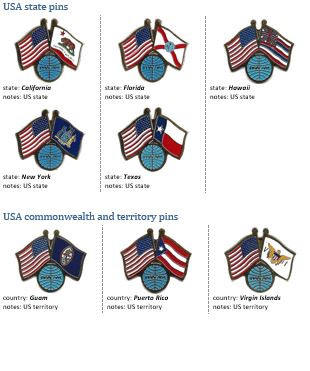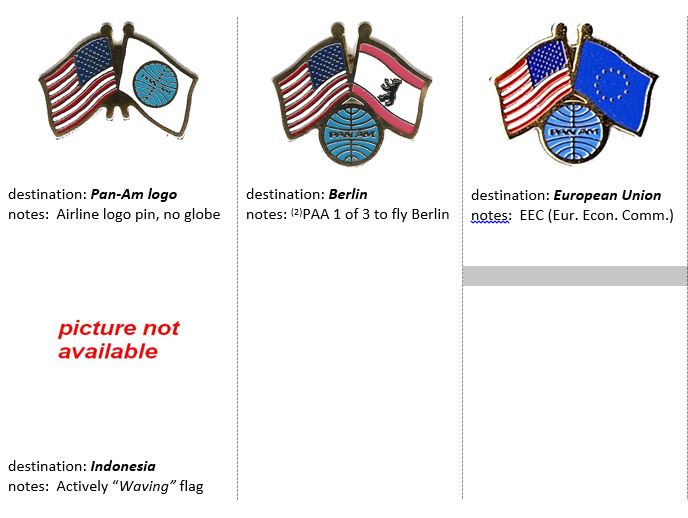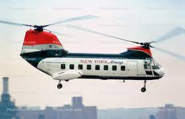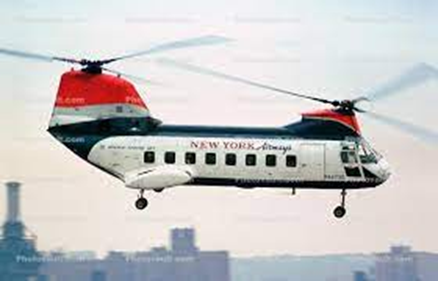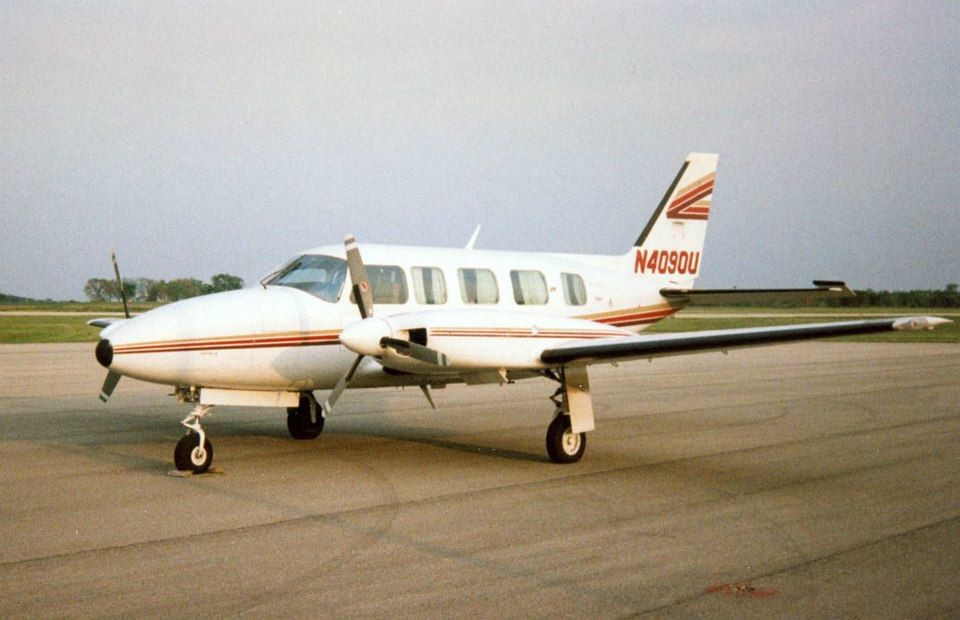Allegheny Commuter,MH-250 Super Broussard,Mohawk M-298,Nord 262,Ransome Airlines,Turbomeca Ste. Nord 260,USAir
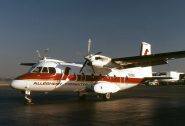
The Nord 262
By Robert G. Waldvogel
The Nord 262 was an early turboprop regional airliner built in France.
It traces its origins to the single-engine, eight-passenger Max Holste MH-1521M Broussard light utility transport flown by a handful of civil operators and the French Army and Air Force that was subsequently developed into the larger M-250 Super Broussard. Powered by two 600-hp Pratt and Whitney R-1340 piston Wasp engines, it accommodated between 17 and 23 passengers.
Although it proceeded no further, it served as the prototype for the even more ambitious MH-260, which introduced a 4.7-foot fuselage stretch and turbine powerplants—in this case, two 986-hp Turbomeca Bastan IV turboprops. First taking to the air on January 29, 1960, it seated up to 30 passengers. While it was the most capable of all the previous variants, it lacked pressurization—a deficiency remedied with the MH-262.
Because of the November 23 agreement for state-owned Nord Aviation to assume responsibility for the program, the aircraft was re-designated Nord 262, although 10 original MH-260s (Nord 260s) were produced, the first of which first flew on January 29, 1962. Two European commuter carriers—France’s Air Inter and Norway’s Wideroe Flyveselskap—operated them on a provisional basis, but they were replaced by the definitive Nord 262 production variant, whose most notable variation was the replacement of its original, square-section fuselage with a circular one that facilitated a 26-passenger, three-abreast capacity with an offset aisle.
Powered by two 1,080-hp Bastan VIB2 turboprops, it first flew in prototype form on December 24, 1962. The first production example, featuring a dorsal fin for increased vertical axis stability, took to the sky two years later, on July 8, 1964, and was awarded its French type certification eight days later.
The first four aircraft, perhaps confusingly, were designated Nord 262Bs, while all others, which incorporated minor improvements, were known as Nord 262As.
With a 63.3-foot overall length and elliptical passenger windows, they featured a high-mounted, straight wing with a 71.10-foot span and 592-square-foot area, and a conventional tail. The single-wheel main undercarriage units retracted upward into lower fuselage side fairings. The maximum takeoff weight was 23,370 pounds and cruise speed was 235 mph. Payload-to-fuel ratios took its range from 605 miles with the former to 1,095 miles with the latter.
Air Inter, which ultimately operated six, inaugurated the type into service on the Paris-Quimper route on July 24, 1964.
The coveted goal of any foreign aircraft manufacturer was penetrating the US market and Nord Aviation succeeded in doing so when Lake Central Airlines ordered a dozen 262s and inaugurated the first into service in May of 1965.
After Lake Central’s takeover by Allegheny Airlines three years later, it wore its colors and, still later, those of Allegheny Commuter. The milestone indicated two important factors—namely, that the US lacked its own commuter aircraft counterpart and that its reliable service saw its operation for a considerable interval.
According to USAir’s (which Allegheny became) March 2, 1982 system timetable, “USAir and Allegheny Commuter—a great team to go with. Service to over 120 cities in the US and Canada.
“All flights C500 through C1999 are operated by independent contractors under an agreement with USAir approved by the Civil Aeronautics Board,” it continued. “These flights are operated by Beech 99, de Havilland Twin Otter, de Havilland Dash-7, Nord 262, M-298, Shorts 330, CASA-212, and Swearingen Metro equipment.
“USAir’s big jet fleet serves over 70 cities throughout its expanding network. Allegheny Commuter’s modern jet-props serve over 50 mid-size cities quickly and economically. From Allegheny Commuter’s mid-size cities, you get convenient schedules to and from USAir’s major cities.”
Although its Nord 262s were in a three-abreast configuration, the right-side seat pairs consisted of a single unit with two seatbelts and pitch was minimal, leaving one passenger to exclaim, as she impressed her knees into the unit in front of her, “This is called ‘wear a plane!”
One flight attendant served the then-standard beverages and peanut packets from a tiny galley and there were copies of USAir’s in-flight magazine in all seat pockets.
The type was instrumental in providing feed to USAir’s Pittsburgh and Philadelphia hubs from small, ill-equipped airports with low demand, but nevertheless provided connections to the carrier’s jet route system with a single ticket and through-checked baggage.
Although 67 Nord 262As were ultimately produced, their lack of Pratt and Whitney PT6 turboprop engines inhibited further sales. This was remedied when Frakes Aviation converted nine of Allegheny’s aircraft with 1,180-hp, five-bladed propeller PT6A-45s and introduced improved systems, resulting in the Mohawk 298. The Mohawk name was to reflect the remembrance of Allegheny’s merger with Mohawk Airlines. The 298 designation was in deference to the Federal Air Regulation (CAB Part 298) under which they operated. The new M-298 also included the installation of a Solar APU installed in the starboard main landing gear sponson. First flying on January 7, 1975, the upgraded version was certified on October 19, 1976, and entered Allegheny Service the following April. Nine of these Nord 262s converted to the Mohawk 298 standard were operated by Allegheny Airlines on routes too small for their shrinking fleet of Convair 580s but requiring something larger than Beech 99 or Twin Otter equipment. So a new Allegheny “Metro Express” operation was placed in service in certain selected cities. The M-298s continued in operation until one of the nine aircraft was involved in an accident. Subsequently, the remaining eight aircraft were sold to two of the Allegheny Commuter carriers, Middletown, Pa. based Pennsylvania Commuter Airlines and North Philadelphia, Pa. based Ransome Airlines.
Two other variants were built—the 262C or Fregate, with four-bladed, 1,145-hp Bastan VII turboprops and a two-foot, 3.75-inch fuselage stretch that first flew in July of 1968; and its military 262D counterpart, 18 of which were operated by the French Armee de l’Air.
Aside from Allegheny, Allegheny Commuter, and Lake Central, the type was operated by Altair, Swift Aire, Golden Gate, Pompano Airways to name a few as well as Pocono and Ransome Airlines (the latter two comprising part of the Allegheny Commuter Consortium) in the US; and Alisarda, Cimber Air, Dan-Air, Delta Air Transport, Linjeflyg, Rhein Air, and Tempelhof Airways in Europe.
A total of 110 Nord 262s of all versions were produced.

Photo from Wiki-Commons
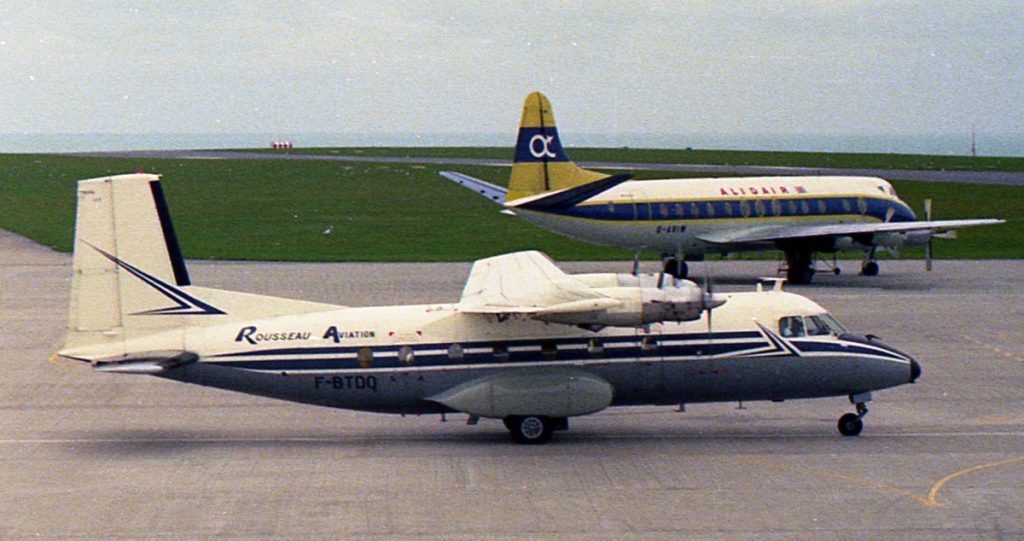
Seen at Jersey, Channel Islands, UK, Sept. 24, 1974.
Photo Courtesy: Dan Grew
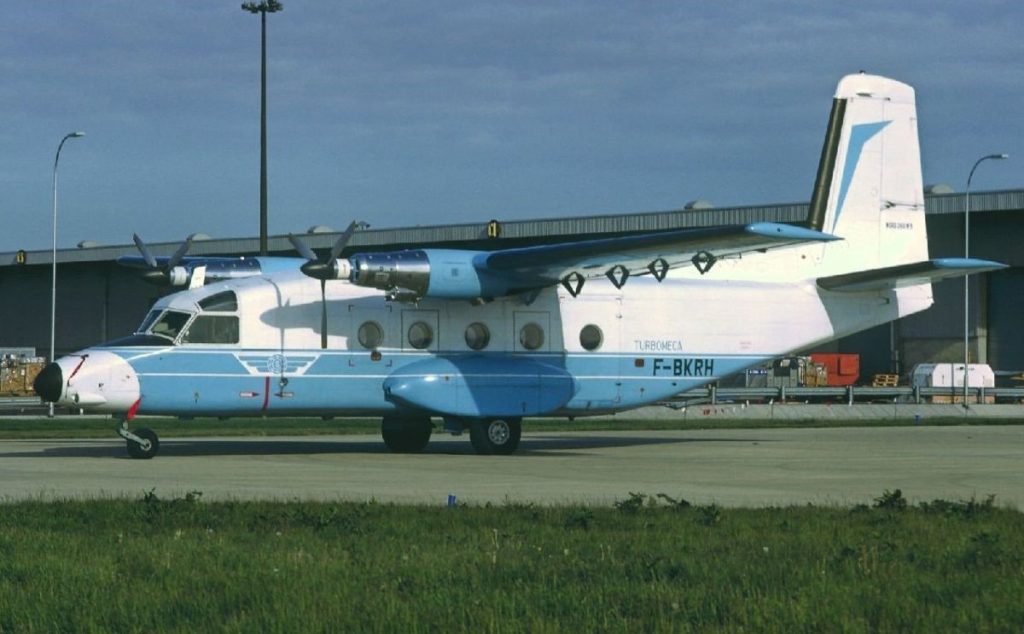
Powered by the original Turbomeca Astazou engines.
Seen at London, Gatwick Airport (LGW) in May 1987.
Photo Courtesy: Doug Green
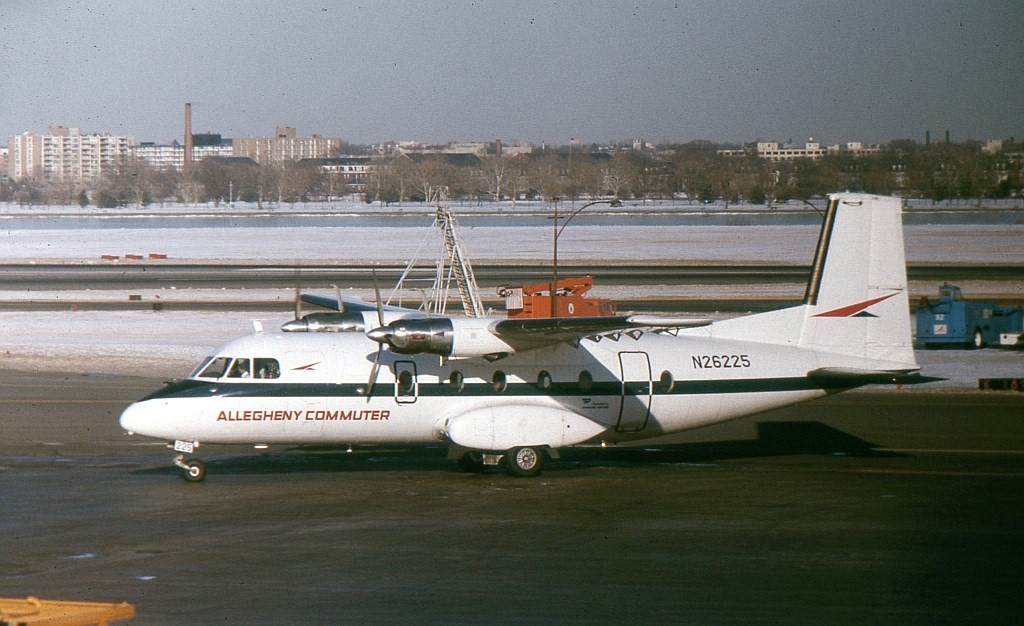
Seen at Washington National Airport (DCA)
Photo Courtesy: Jay Selman
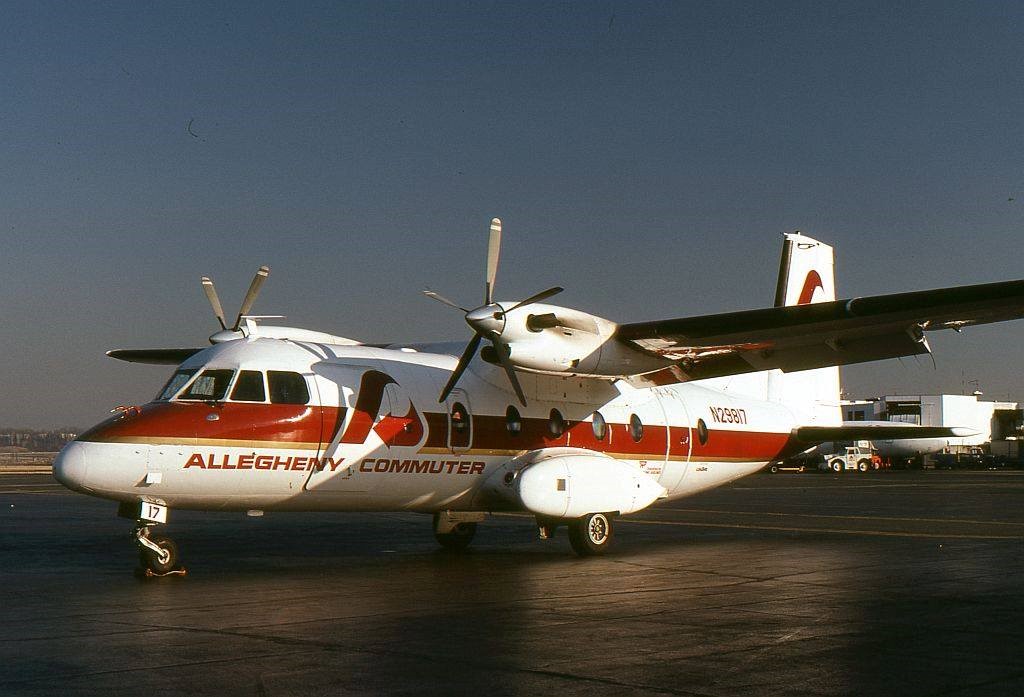
MOHAWK M-298, N29817
Seen at Washington National Airport (DCA), February 1983
Photo Courtesy: Jay Selman
